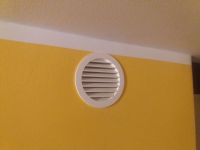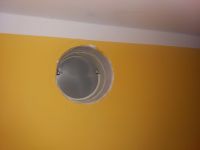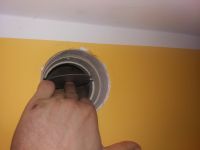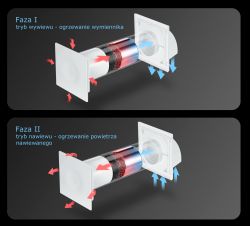Hello.
I have been living here for 3 years (3-story block without basement / underground parking), ground floor but somehow I have never felt it before.
Since the temperatures in the bathroom are very negative, you can feel the cold air clearly.
When you put your hand on the ventilation grille, you can feel that the air is blowing into the bathroom. In the second room, a room with a kitchenette, I have 2 ventilation grilles and everything is ok here - the air is drawn out.
Only in the bathroom is there a problem with the air blown.
Opening any window causes draft in that grille and air is drawn into the chimney.
So far I covered the ventilation hole in 2/3 and I'm going to report the problem to the administration.
As I noticed, there are no rotating attachments on the chimneys. I think their assembly would solve the problem ... but is it?
I have been living here for 3 years (3-story block without basement / underground parking), ground floor but somehow I have never felt it before.
Since the temperatures in the bathroom are very negative, you can feel the cold air clearly.
When you put your hand on the ventilation grille, you can feel that the air is blowing into the bathroom. In the second room, a room with a kitchenette, I have 2 ventilation grilles and everything is ok here - the air is drawn out.
Only in the bathroom is there a problem with the air blown.
Opening any window causes draft in that grille and air is drawn into the chimney.
So far I covered the ventilation hole in 2/3 and I'm going to report the problem to the administration.
As I noticed, there are no rotating attachments on the chimneys. I think their assembly would solve the problem ... but is it?






